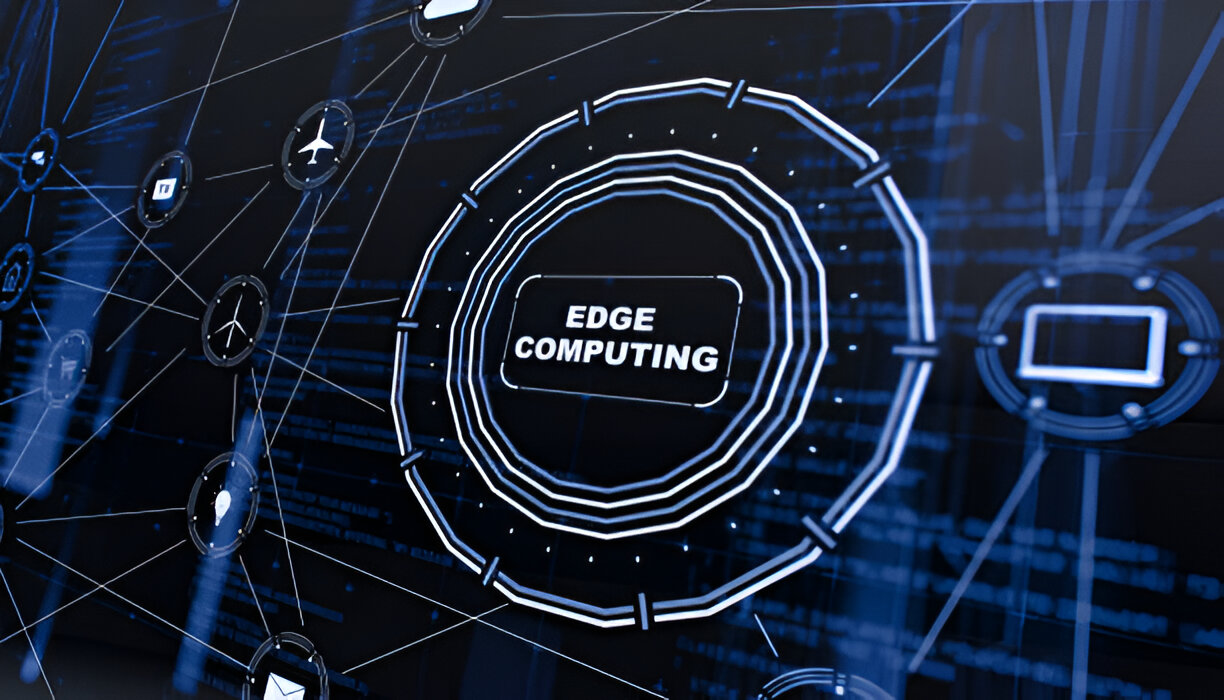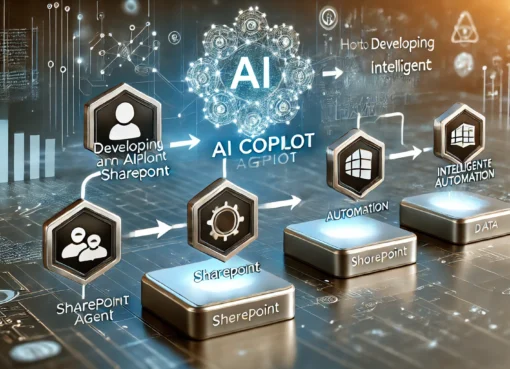Edge Computing: Powering the Next Generation of Real-Time Applications

Introduction
As modern technologies like autonomous vehicles, smart cities, industrial IoT, and augmented reality demand real-time data processing, traditional cloud computing is reaching its limits. Enter edge computing—a transformative computing paradigm that moves data processing closer to the source of data generation.
Edge computing reduces latency, conserves bandwidth, and enhances data privacy by shifting computation to the “edge” of the network—near or on the device itself. In this article, we’ll explore the evolution of edge computing, its architecture, benefits, use cases, and its role in enabling the next wave of tech innovation.
What Is Edge Computing?
Edge computing is a decentralized approach to computing where data is processed near the point of origin rather than in centralized data centers. Instead of sending raw data to a cloud server miles away, edge devices—like sensors, cameras, and routers—analyze and act on data locally.
This is crucial for applications where milliseconds matter, such as:
-
Self-driving cars
-
Remote surgery
-
Industrial automation
-
Live video analytics
By processing data closer to where it’s generated, edge computing improves response times and reduces the load on cloud infrastructure.
Edge vs. Cloud Computing
| Feature | Cloud Computing | Edge Computing |
|---|---|---|
| Location of processing | Centralized (data centers) | Decentralized (devices/local nodes) |
| Latency | Higher | Low |
| Bandwidth usage | Higher | Lower |
| Real-time capability | Limited | Excellent |
| Data privacy | Data often leaves the device | Local processing enhances privacy |
While cloud computing remains vital for long-term storage, batch analytics, and heavy processing tasks, edge computing excels in real-time, mission-critical environments.
Key Benefits of Edge Computing
1. Ultra-Low Latency
With edge computing, data is processed instantly near the source. This enables immediate responses in scenarios like industrial safety systems, autonomous navigation, or AR/VR gaming.
2. Reduced Bandwidth Consumption
Only relevant or pre-processed data is sent to the cloud, conserving network resources and minimizing congestion—especially important for IoT deployments with thousands of devices.
3. Improved Data Privacy and Security
Sensitive data can be processed locally, minimizing exposure to potential breaches in cloud transit or storage. Industries like healthcare and finance benefit greatly from this privacy-preserving model.
4. Operational Continuity
Even if cloud connectivity is lost, edge devices can continue functioning. This ensures reliability in remote or high-risk environments like oil rigs, aircraft, or battlefield systems.
5. Scalability
Edge computing allows for distributed workloads, enabling large-scale IoT ecosystems to function efficiently without central bottlenecks.
Core Components of Edge Architecture
To function effectively, an edge computing system integrates the following components:
-
Edge Devices: Sensors, cameras, embedded systems, and industrial machines that collect and sometimes process data.
-
Edge Nodes/Gateways: Intermediate devices that aggregate data from multiple edge devices, perform preliminary processing, and interface with the cloud.
-
Edge Software/Platforms: Middleware and orchestration layers for managing workloads, AI models, and security across distributed nodes.
-
Cloud Integration: Although secondary in edge architecture, the cloud still plays a role in long-term storage, analytics, and model training.
Use Cases of Edge Computing
1. Autonomous Vehicles
Self-driving cars require split-second decision-making for navigation and safety. Relying solely on cloud processing is impractical. Edge computing enables real-time analysis of data from cameras, LIDAR, radar, and sensors directly on the vehicle.
2. Smart Cities
Traffic lights, surveillance systems, waste management, and utility monitoring in smart cities generate vast data. Edge devices can process this data on-site to:
-
Optimize traffic flow
-
Detect crime in real time
-
Reduce environmental impact
3. Healthcare and Remote Patient Monitoring
Wearable devices and medical equipment powered by edge computing can monitor vitals and detect anomalies instantly. This real-time capability is vital for critical care and telehealth services.
4. Manufacturing and Industrial IoT (IIoT)
Edge computing allows factories to implement predictive maintenance, monitor quality, and enhance worker safety without relying on the cloud. Delays in processing sensor data can cost industries thousands in lost productivity or equipment failure.
5. Retail and Customer Experience
Retailers use edge computing for dynamic pricing, real-time inventory tracking, and personalized in-store experiences through digital signage and facial recognition—all without overwhelming their cloud systems.
6. Content Delivery and Gaming
Edge nodes located near users can cache content, accelerate page loads, and reduce lag in multiplayer gaming or streaming—significantly enhancing the user experience.
The Role of AI and Edge Intelligence
Combining edge computing with artificial intelligence (AI) unlocks new capabilities in automation and real-time decision-making. This is known as edge AI.
Applications include:
-
Smart cameras that detect shoplifting in real time
-
Drones with onboard AI for search and rescue
-
Industrial robots adjusting behavior based on sensor input
Training AI models still happens in the cloud, but inference—the use of trained models—is increasingly happening at the edge.
Challenges in Edge Computing
Despite its advantages, edge computing also introduces new challenges:
-
Management Complexity: Coordinating updates, security patches, and workloads across thousands of edge nodes requires robust orchestration tools.
-
Security Risks: Decentralized systems increase the attack surface; edge devices must be hardened against tampering.
-
Standardization: The ecosystem lacks universal standards for interoperability and architecture.
-
Hardware Constraints: Edge devices must process data efficiently with limited power and space.
Overcoming these obstacles is key to unlocking the full potential of edge computing.
The Future of Edge Computing
The edge computing market is expected to exceed $155 billion by 2030, driven by:
-
5G deployment
-
Rise of autonomous systems
-
Expansion of IoT networks
-
Increasing demand for low-latency applications
Technologies like serverless edge computing, fog computing, and blockchain integration are also emerging as next-generation solutions to expand edge capabilities.
For professionals looking to explore these developments, a information website like Brettintech offers regular updates on edge computing trends, tools, and case studies that define the cutting edge of digital infrastructure.
Conclusion
Edge computing is reshaping how data is processed, delivered, and acted upon. By bringing intelligence closer to where data is generated, it reduces latency, strengthens security, and enables innovations that were once impossible. From autonomous vehicles to smart hospitals, the edge is not just the future—it is becoming the new normal in computing.
As businesses, governments, and tech innovators embrace this paradigm, staying informed is critical to capitalizing on its potential. The edge is here—and it’s changing everything.







Leave a Comment